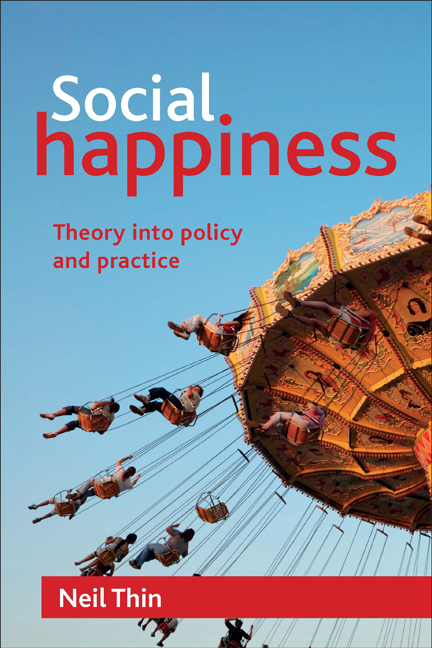eight - Correlations and causal theories
Published online by Cambridge University Press: 01 September 2022
Summary
Interpreting happiness self-report surveys
Surveys are difficult to do well, and many ill-conceived surveys provide little or no useful information for comparative purposes. The main trouble with survey information, however, lies not in the design and implementation of the surveys, nor in the numerical analysis of findings, but in the interpretation of what the findings tell us. The quality of analysis of happiness surveys is often embarrassingly plagued by basic interpretive errors deriving from deliberate or neglectful extrapolation from correlations to assertions about causality. Even when written by the finest of happiness scholars, survey interpretations ought to come with a health warning: look carefully, and you’ll usually find lots of tendentious and unwarranted use of causal language about factors that ‘determine’ or ‘predict’ or ‘affect’ or ‘lead to’ happiness.
Causality can also be subtly implied in the way sentences are ordered when reporting correlations. Saying ‘the wealthier people are, the happier they are’ may look like a simple statement of correlation, but it gives a different implicit message from the inverted statement, ‘the happier people are, the wealthier they are’. Coming at the end of a sentence, happiness is implicitly an outcome rather than a cause. This assumption is so normal that when scholars acknowledge the possible causality of happiness, they call it ‘reverse causality’.
Here are some of the most significant and common mistakes:
• Confusing self-reports with actual experienced happiness (forgetting that cultural and situational factors like emotion norms, expectations, recent events, and social comparisons always influence reports).
• Reading correlations as stories about one-way causation from factors to happiness (forgetting that correlations may reflect the causality of happiness itself or of some other factor affecting both happiness reports and the variable being considered).
• Interpreting cross-temporal comparisons between happiness reports in the same country as evidence that the same population has become happier (forgetting that we are looking at different cohorts, and that populations move around).
• Inadequate consideration of the difficulty of correlating different kinds of information based on radically different scales (for example, comparing a 0–3 happiness scale with a 0–10 scale, or either of these with an open-ended income scale).
- Type
- Chapter
- Information
- Social HappinessTheory into Policy and Practice, pp. 107 - 116Publisher: Bristol University PressPrint publication year: 2012



